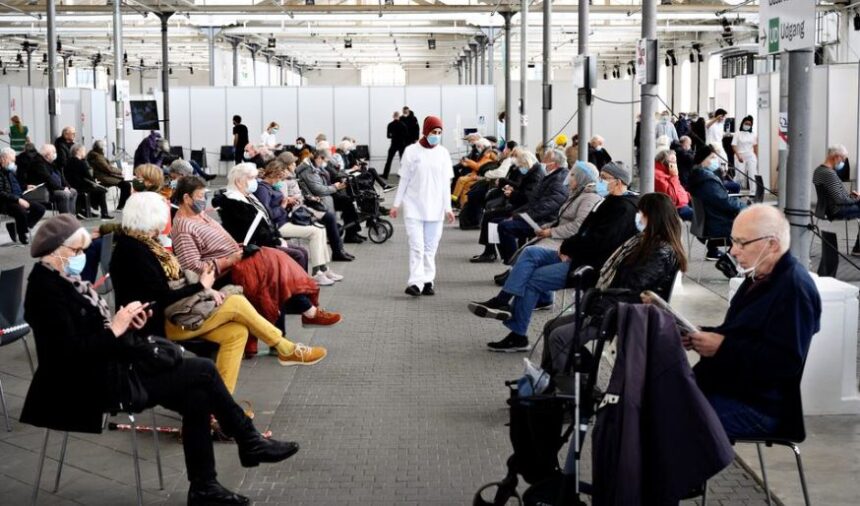Denmark: Siltanews – News Desk
Because the Danish government acted before hospitals could fill up, mortality was negligible and the drop in gross domestic product limited. An example worth following in the event of a new pandemic, explains the epidemiologist to Le Monde.
When it comes to the Covid-19 crisis, it’s clear that the countries which fared best are those that put into place robust measures to limit the spread of the virus, even before hospitals filled up. This observation is consistent with epidemiological theory.
When a highly contagious and dangerous virus starts to spread, the measures necessary for suppressing its circulation (containment, distancing, etc.) are the same, whether the spread is occurring at a high rate in overflowing hospitals or a low rate in empty ones. So why should we wait and let hospitals fill up, since this in no way mitigates the efforts required of the population?
This is what Denmark and other Scandinavian countries such as Norway and Finland understood. On March 11, 2020, Danish Prime Minister Mette Frederiksen gave a television address. While only 10 people had been hospitalized as a result of Covid-19, she asked Danes to stay at home, and announced a series of measures that would fully take effect starting March 18: closing schools, bars and restaurants, and resorting to remote work where possible.
People could go out into the street, particularly to do their shopping at essential retail outlets, but they had to be civic-minded and not congregate in large numbers. The number of new cases (those both leading to hospitalization and not) peaked on March 29, at one-third the number in the most affected Western European countries, and declined rapidly after that. On April 15, Denmark was one of the first European countries to partially lift its measures, two to four weeks ahead of its neighbors.

